SC225 - Environmental Science: Ecosystems, Resources and
advertisement
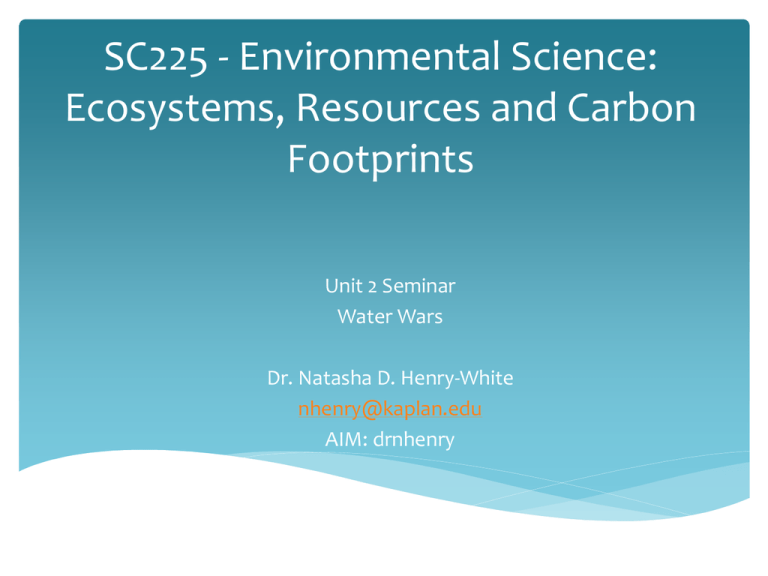
SC225 - Environmental Science: Ecosystems, Resources and Carbon Footprints Unit 2 Seminar Water Wars Dr. Natasha D. Henry-White nhenry@kaplan.edu AIM: drnhenry Agenda Housekeeping Unit 1 Questions Unit 2 Assignments and Questions Water Wars! Case study 1 – Lake Lanier Case study 2 – The War of the Well Water Diversion Question and Answers Water Wars – Lake Lanier Stakeholders: Georgia, Florida, Alabama Georgia – Drinking water for 2.8 million citizens Florida – Support marine life Alabama – support cooling operations of the Farley Nuclear Powerplant Water Wars – The War of the Well Somalia has been experiencing severe drought since 1995. Somalia lacks a government. Warlords have taken control of working water wells. Somalia has been described as the “worst humanitarian disaster in history”. Water Diversion Describe at least 2 environmental impacts of water diversion. Describe at least 2 socioeconomic impacts of water diversion. Kaplan River Debate Some say that water use should be on a ‘first come, first served basis’ – meaning that upstream users will be able to take advantage of the resource before their downstream neighbors. Imagine that you live adjacent to the mighty Kaplan River that has an average flow rate of 4,000 cu ft/sec. Both of these small communities have lived in harmony with nature and each other for many generations. In the past, each community only needed 750 cu ft/sec to survive, which still allowed for a thriving fish population and natural scenic environment. The River is used for bathing, and fishing and is also used for recreation (boating, swimming). However, the upstream community is planning to build a new golf course that will increase their usage to 3,500 cu ft/sec. This new golf course will provide 100’s of new jobs and bring in new tourism dollars that could benefit both up- and downstream communities. However, it will leave a water deficit for the downstream community and fish populations. Your instructor will divide the class into two groups; an upstream (last name A-M) or downstream (last name N-Z) community. Based on the location of your community, debate the following with your ‘neighbor’: Debate Teams Upstream Community Joshua - Q1 and Q2 Heather – Q3 John – Q4 Andrew – Q5 Volunteer – Q6 Downstream Community Philip - Q1 and Q2 Jennifer – Q3 Tiffany- Q4 Chris – Q5 Justin – Q6 Debate Questions 1. Should the upstream community be permitted to build the golf course and take as much water as they need? Why or why not? 2. Are the downstream townspeople’s’ rights being violated? Why or why not? 3. Is there a point where taking more than ‘their share’ would be acceptable? What would that threshold be? Think about things like job creation, economy, etc. 4. Is there a more equitable solution where upstream and downstream users will be in more of a ‘win-win’ situation? If yes, describe your idea(s). If no, why not? 5. What type of negative impacts (environmental, social, economic, etc.) do you foresee as a result of the upstream community taking so much water from the Kaplan River? Are there any positive benefits? What are they? 6. Do the fish and/or the general natural environment have any ‘rights’ in this situation? Take a position either for or against the fish and environment. Try to convince your classmates why this action should or should not be allowed. Questions?



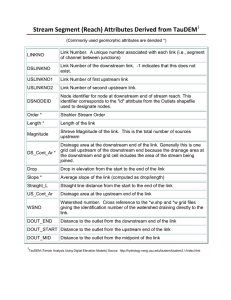


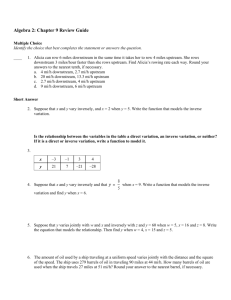
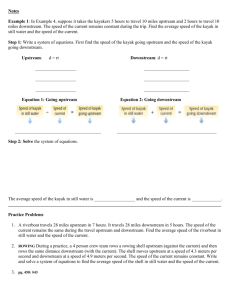
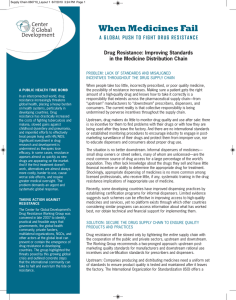
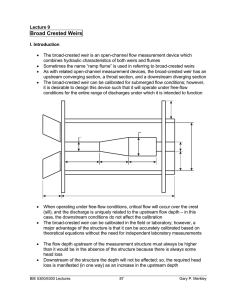
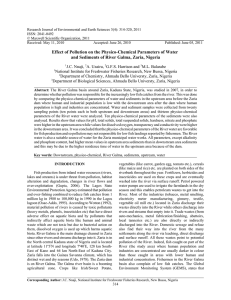
![Optimizing Fish Passage Barrier Removal Using Mixed Integer Linear Programming [Preliminary Report]](http://s2.studylib.net/store/data/015644562_1-fb79c6147e980df0a48bb1a74fcc57a1-300x300.png)